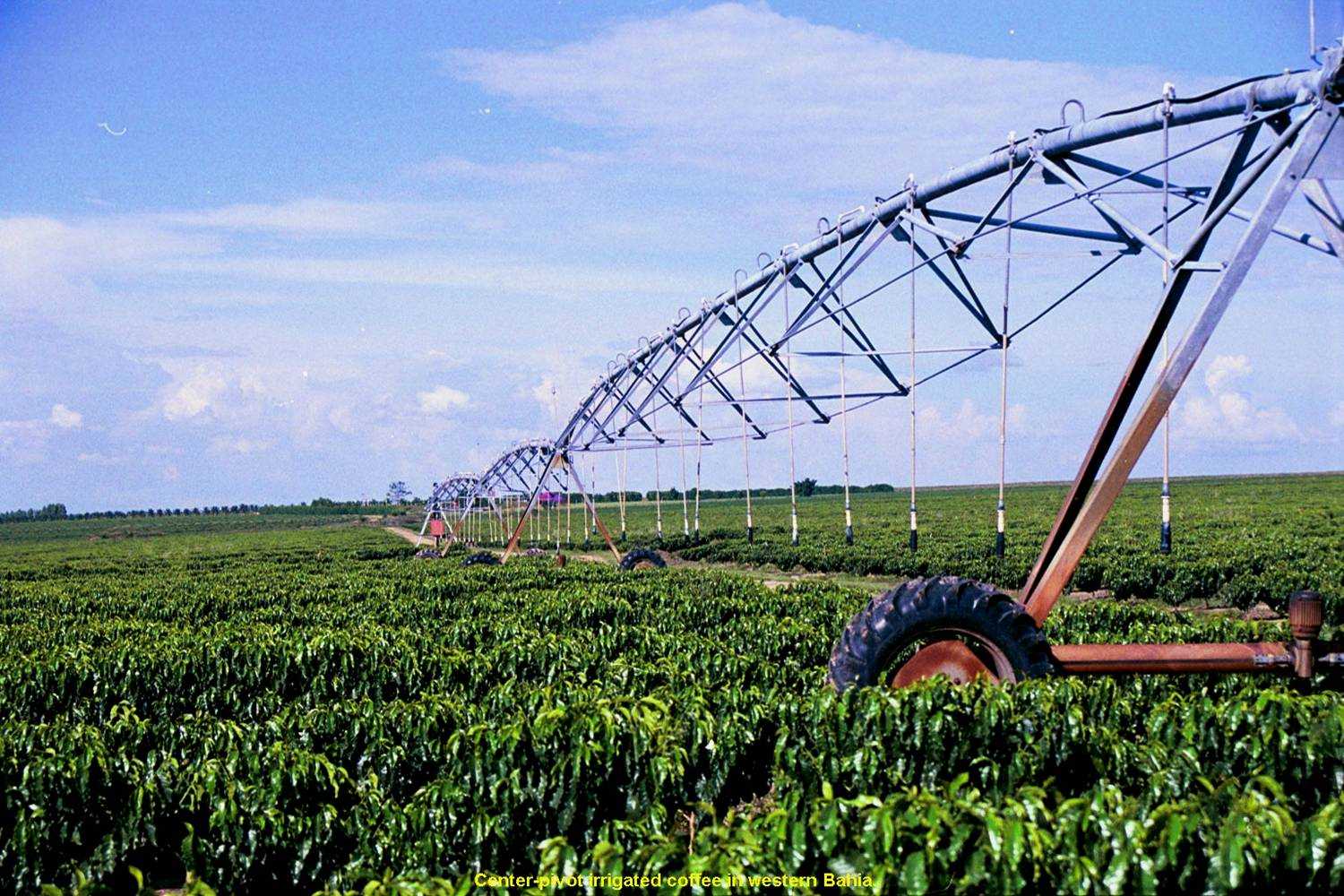SAO PAULO, Brazil – The harvesting of arabica coffee crops started to step up in Brazil in late May, says Cepea in its latest bimonthly report. In large producing regions, such as Mogiana (SP), southern Minas Gerais and Cerrado Mineiro, activities were still slow, and coffee growers were beginning the harvesting (hand picking and/or mechanized) in some younger crops.
Activities were slightly more advanced only in northwestern Paraná, where 18 – 25% of the total volume expected for the region had been harvested until late May, according to Cepea surveys. In Garça (SP) and the Zona da Mata (MG), the harvesting had not surpassed 10%.
Some agents highlighted that hand-picking (which occurred in the Zona da Mata, southern Minas Gerais and some areas in São Paulo) may be slower this season, due to the coronavirus pandemic.
Although major problems had not been reported until the end of the month, some growers were bringing a lower number of workers from other regions, in order to facilitate the adaptation of accommodation and transport.
This scenario raised some doubts about cherry coffee production – the harvesting of this variety needs to be faster to prevent the beans from drying out.
Robusta
The harvesting of robusta crops was faster in Brazil in May. In Rondônia (RS), from 55 to 65% of the total expected had been harvested until the third week of the month, according to Cepea surveys. In Espírito Santo (ES), activities had reached from 25 to 35%. In both regions, the major concern was about the transportation of workers from outer state. However, the effects reported until the end of May were low.
In ES, some growers reported crop failure – from 20 to 30% compared to that last season –, due to bad weather conditions, with winds during flowering and dry weather during fruitlet formation and the beans filling stage. Still, Cepea collaborators expect a good harvest, based on the production of new areas and the crops recently renewed.
Brazil: arabica and robusta prices in May
Prices for arabica and robusta coffee dropped in Brazil in May, due to the dollar depreciation against Real, by 1.9%, and international devaluations for both varieties. Thus, liquidity was low, and only some sporadic deals were closed.
The CEPEA/ESALQ Index for the arabica coffee type 6 (delivered in São Paulo) closed at 513.30 BRL (96.16 USD)/60-kilo bag on May 29, 10.4% down compared to that on April 30. The dollar closed at 5.34 BRL, 1.9% down in the month.
As for robusta, the CEPEA/ESALQ Index for the robusta type 6, screen 13, Espírito Santo State, closed at 344.85 BRL (64.58 USD) per 60-kilo bag on May 29, 2.9% up in the same comparison.














